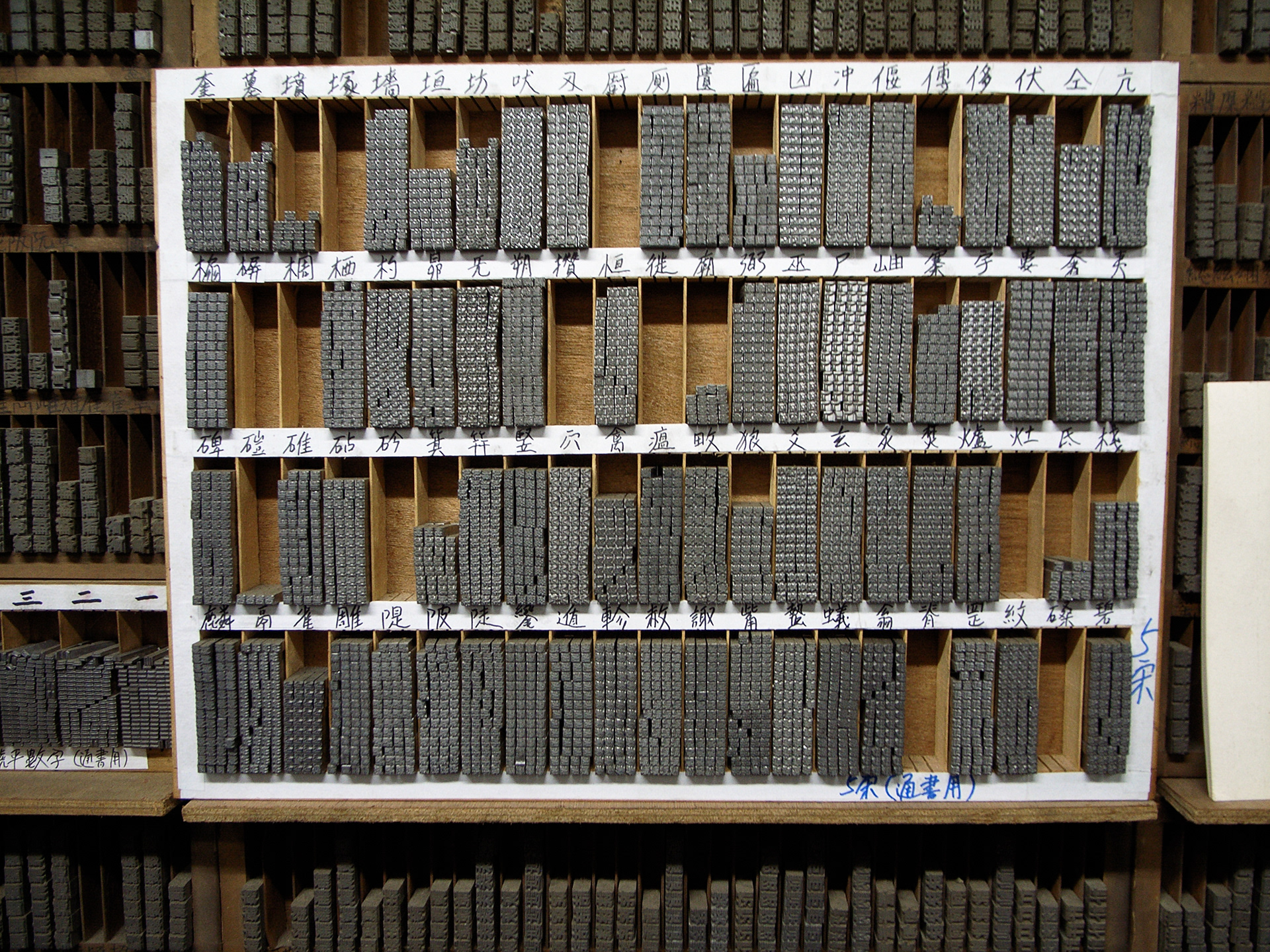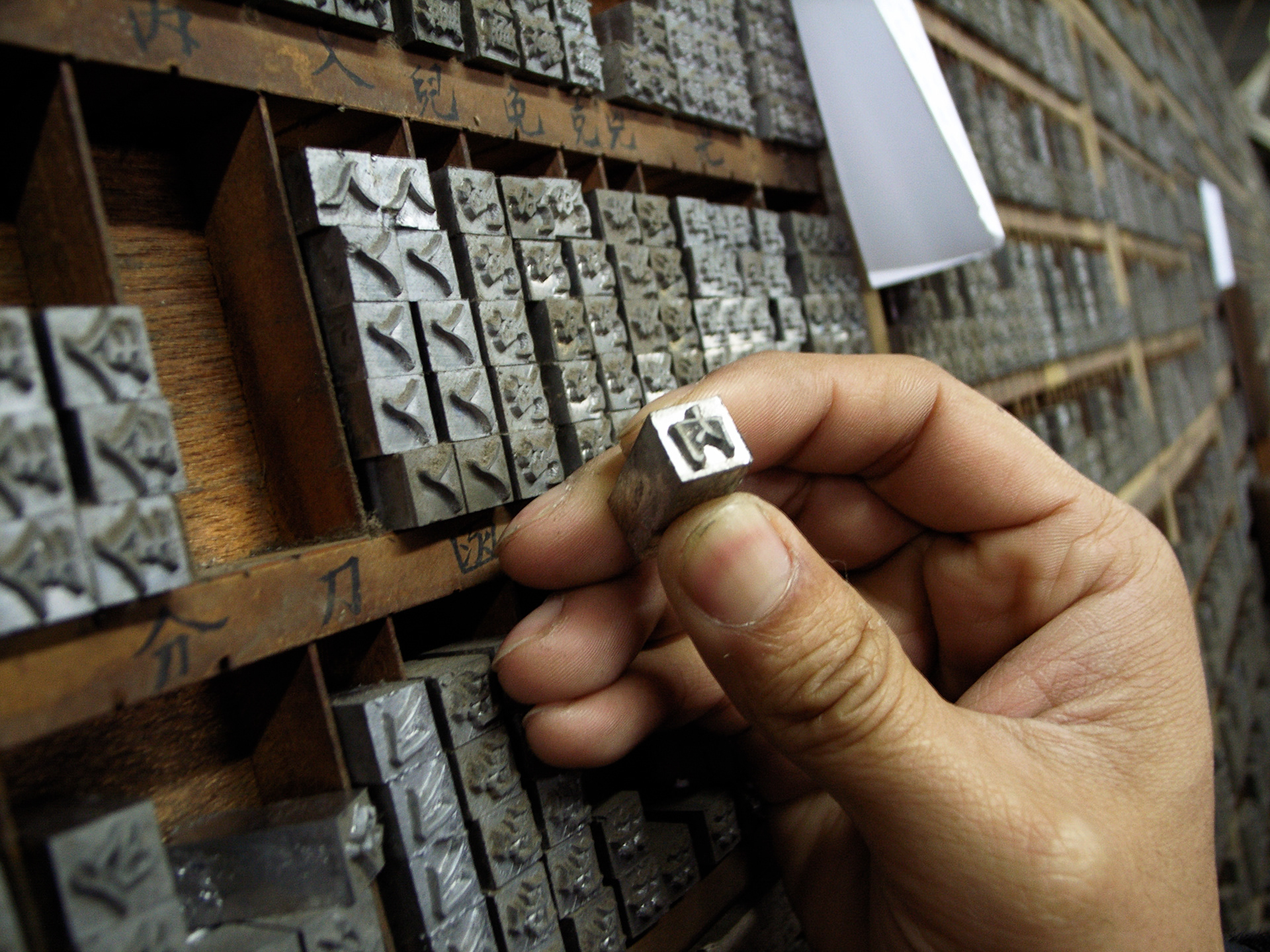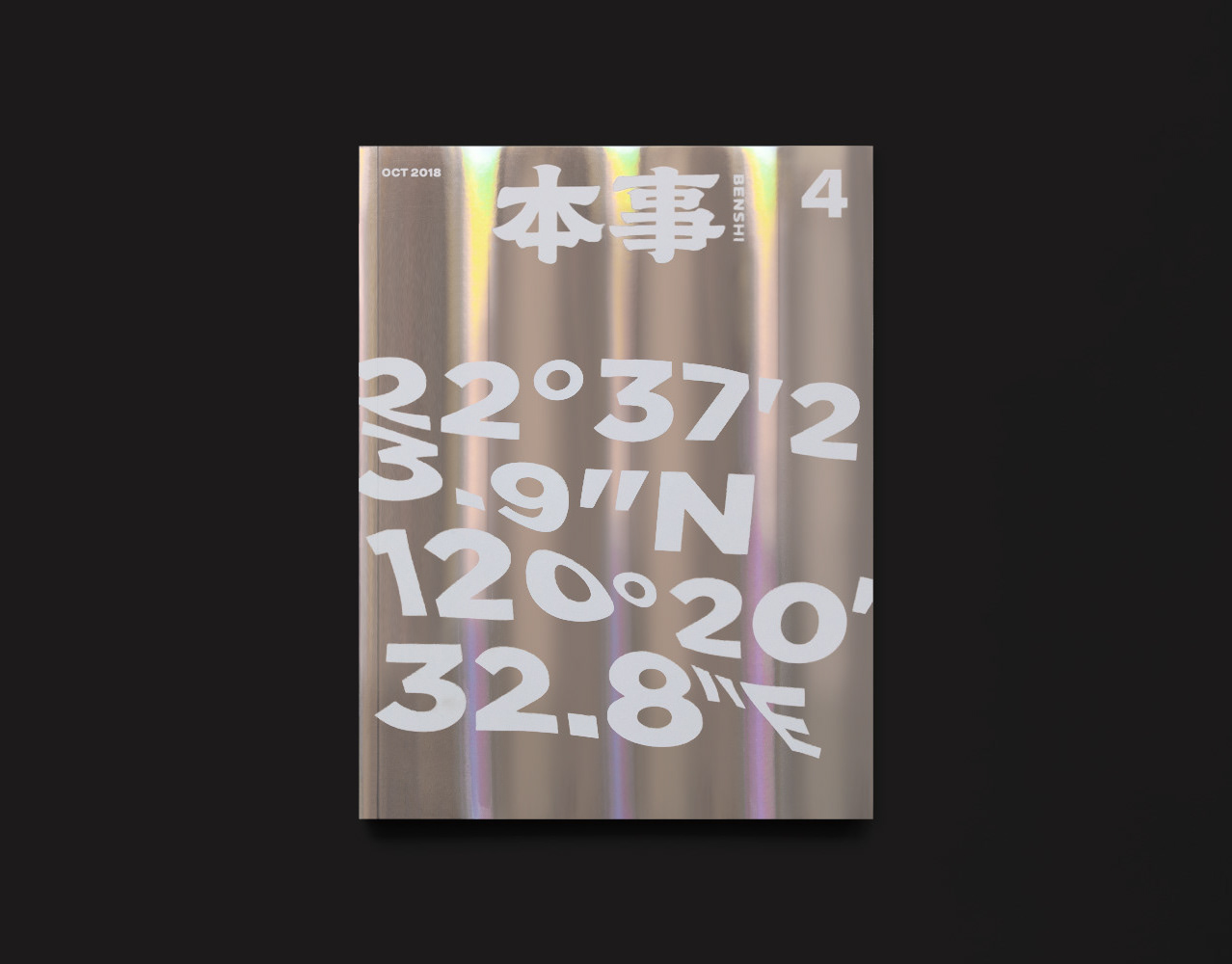Dream Pool of Gutenberg
Johannes Gutenberg + Dream pool Essays
"Dream Pool of Gutenberg" is an experimental letterpress print that tells the story of movable type from two historical perspectives. This print uses two scripts, the Roman alphabet and Chinese Characters, to represent Johannes Gutenberg and Bi Sheng, who are both credited as the inventors of the printing technique that changed the world.
East vs West - Left vs Right - Vertical vs Horizontal - 400 years apart
When held vertically, the print can be read in English, with the text flowing left to right. However, the reader must turn the page on its side to read the Chinese text, which flows from right to left and top to bottom. The English text offers a short biography of Johannes Gutenberg and his invention of movable type printing around 1450. The Chinese text is an excerpt from "Dream Pool Essays," by the scholar Shen Kuo, who provides the earliest written account of Bi Sheng's invention of a movable type between 1041 and 1048 AD.
We wish for this work to serve as a metaphor for the competing narratives between East and West with regards to the history of movable type and the printing press.
We wish for this work to serve as a metaphor for the competing narratives between East and West with regards to the history of movable type and the printing press.
Most of all, we hope that print and typeface enthusiasts will enjoy it.
古騰夢溪
數位時代使空間界線不在、文化擴散沒了疆界,我們成為一種忽悠東忽悠西的綜合存在狀態,揣想那個資訊閉鎖而交通緩慢的年代,遠跨東西的畢昇與古騰堡雖不同時卻有著對活字的想像與實驗,立於今日回望過去,是何等的浪漫與巧合,而存在當今的我們又是如何受其啟發與影響呢。
古騰堡+夢溪筆談
《古騰夢溪》取時間跨軸 400 年的北宋沈括的《夢溪筆談》與「古騰堡」兩個歷史文本之名組合為作品名稱,談其既超然獨立的各自表述卻又不可逃避的交互衝擊與影響。東、西各位於兩方地域空間、兩種迥然不同文化、兩式文字系統、兩款歷史觀點,創作將這仍在不斷動態進行中的對抗、衝擊、影響與融和,以戲劇性的手法呈現於一塊鉛字版上。
東西方活版發明的歷史爭議
東方文獻記載中活字印刷多由中國經波斯埃及傳入歐洲,其中更經歷了蒙古人西征,夾帶軍事政治與文化的西傳有其可能脈絡, 但並未有實際的物質證據。因而國際學術界一般認為,時間上西方的發明雖晚於中國 400 年,但其活字印刷是獨立發明的,直接的源頭即為古騰堡的活字印刷。
畢昇與古騰堡於當時均為工匠,歷史地位不高因而並未留下任何肖像,現今流傳於世上所見的人物影像均為後人憑據想像模擬而來,於此次創作中特別據此再度顛覆合併其造型、穿著、髮型⋯⋯進行二度創作,呼應文本中提出的東、西文化的動態競合之意。
Printed by Letterpress (Vandercook SP20) / All body text is printed with movable metal type from Ri Xing Type Foundry
Concept and Layout by Onion Design Associates / Typeset by Lin Jing Ren / Printed by Ri Xing Type Foundry
Created for the exhibition “Book of Time” / Curated by Ri Xing Type Foundry / Curator: Heidi Yu
Sponsored by Department of Cultural Affairs, Taipei City Government
內文以全鉛字印製 標題一號宋體/內文二號宋體/二號 ⑫ Future Bold
為展覽「 2017時光之書:活版印刷小誌節」創作/概念、設計:洋蔥設計
主辦單位:台灣活版印刷文化保存協會、日星鑄字行、活印工坊/排版師:林金仁(日裕印刷)
策展人:余素慧/贊助單位:台北市政府文化局





Ri Xing Type Foundry, The only remaining Tradition Chinese movable type foundry in the world.










